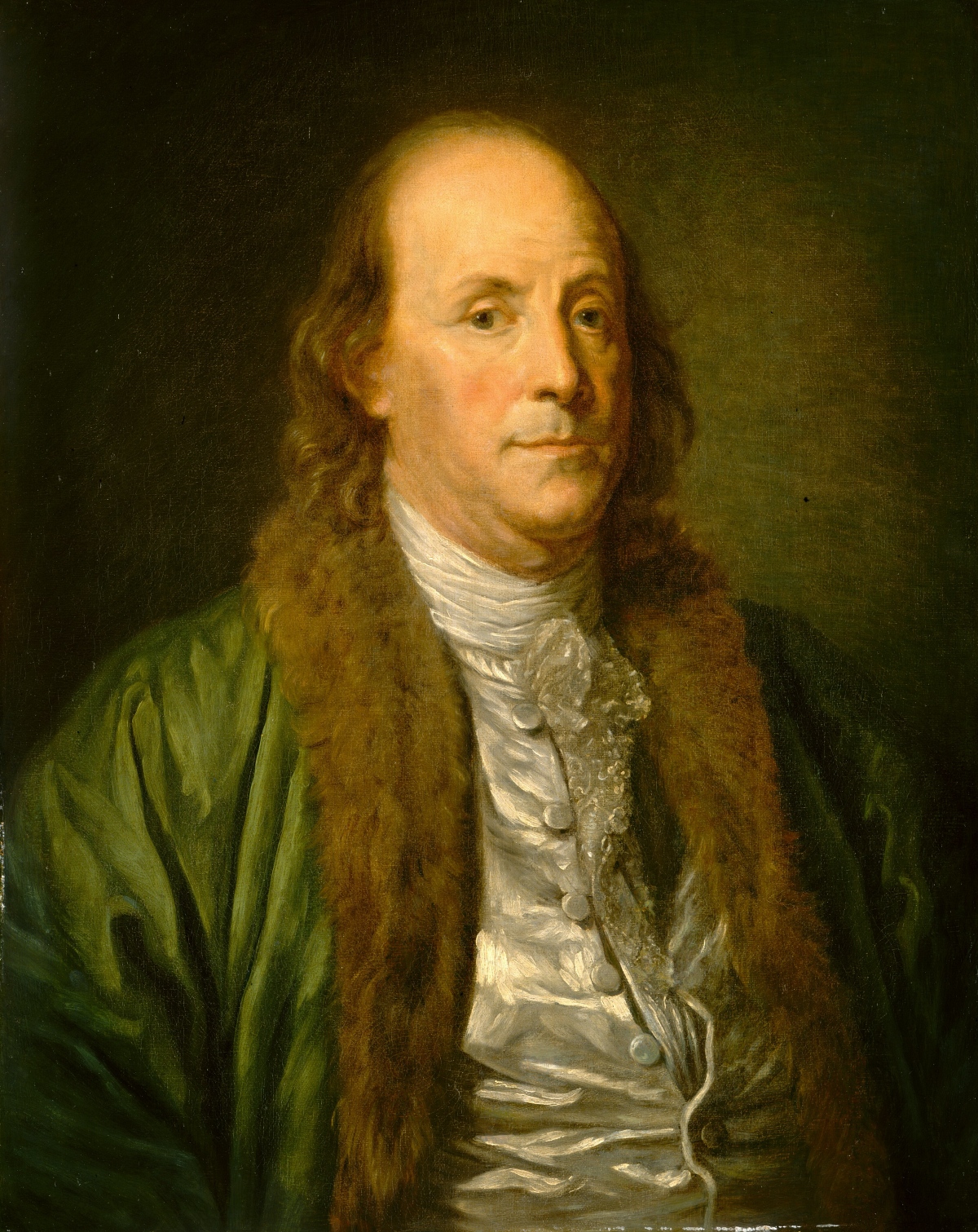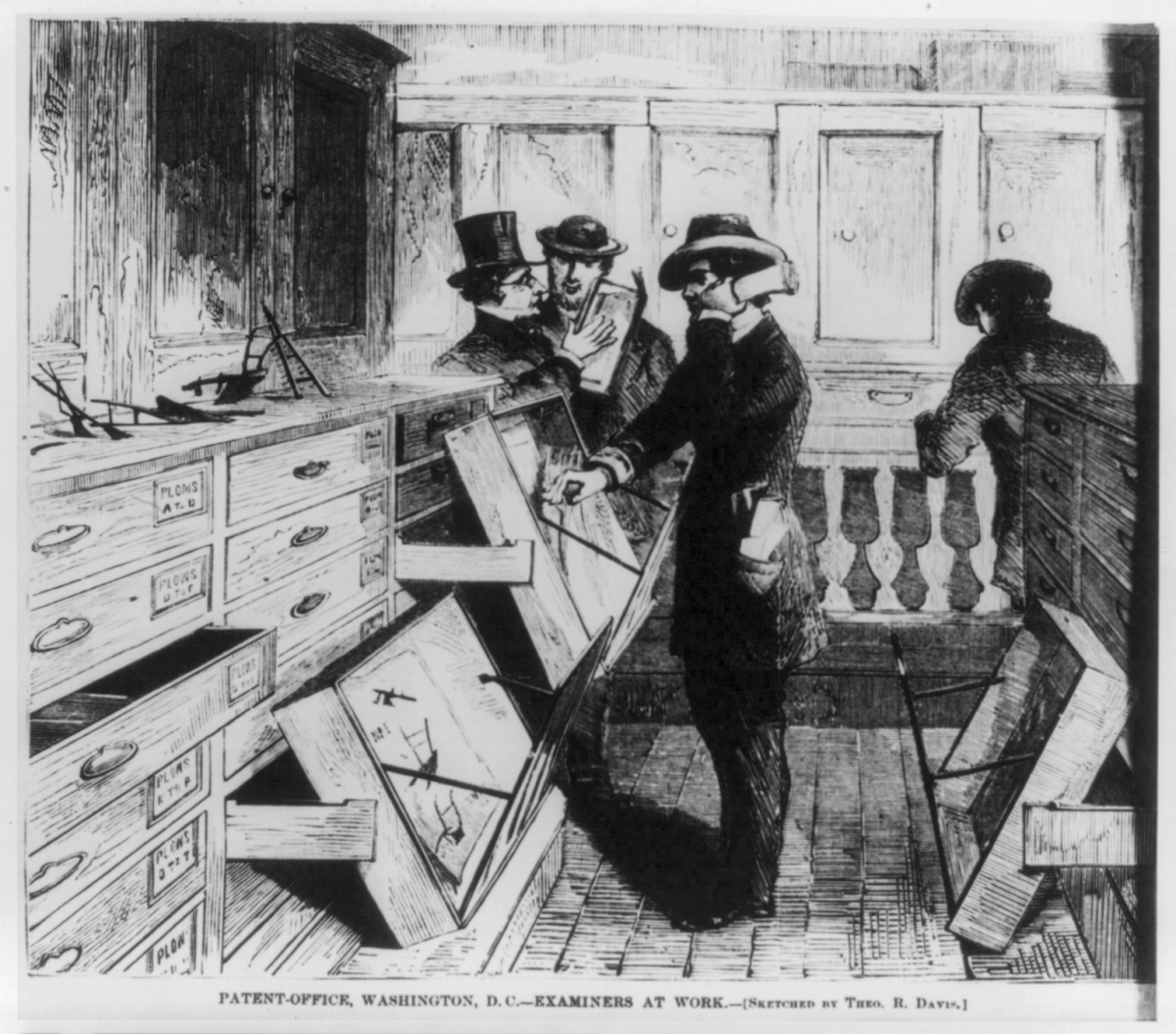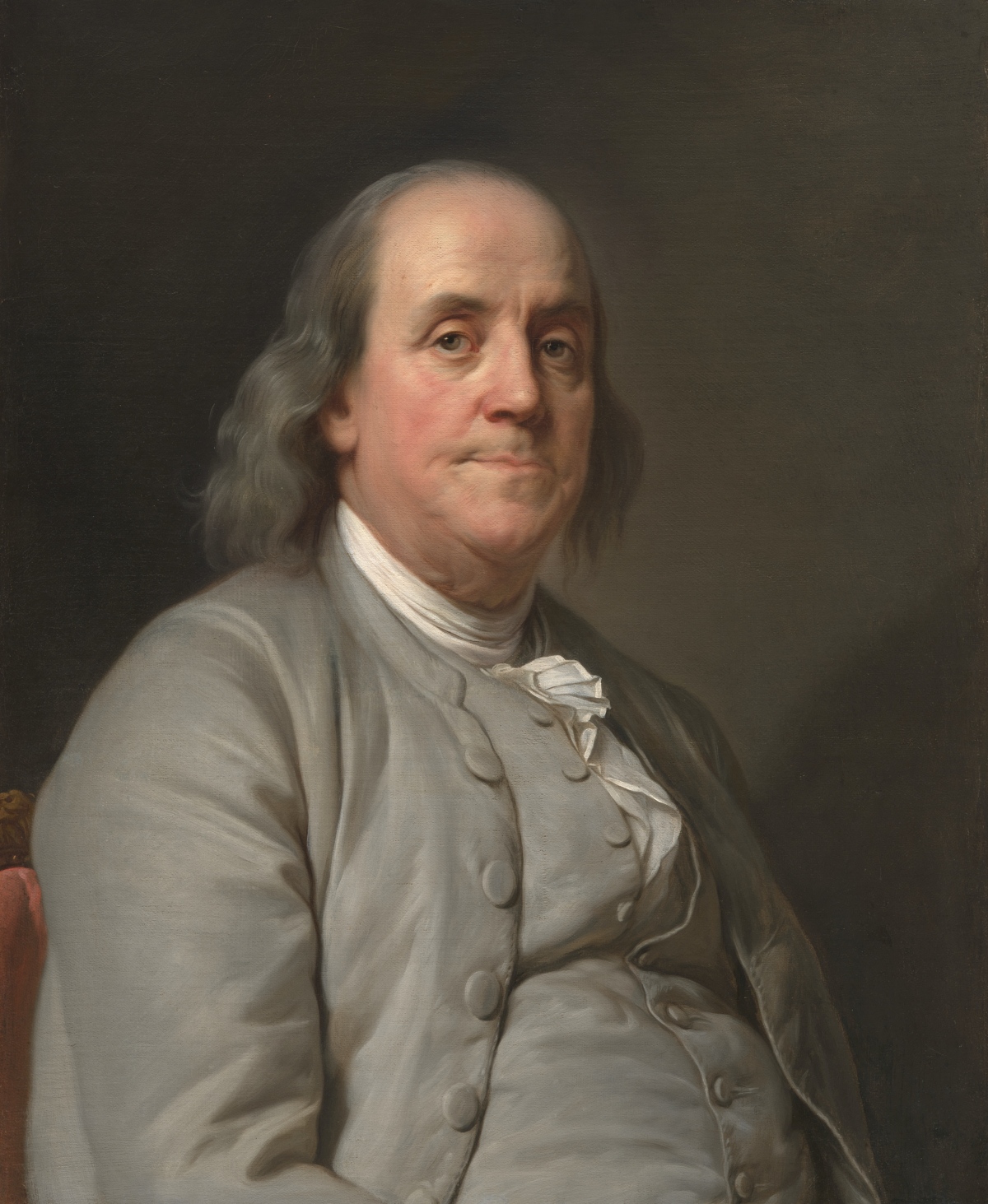Ben Franklin Left Thousands to the American People in His Will
He wanted to give something back.
Benjamin Franklin has a cherished place in American folklore. Not only was he a Founding Father, he is said to have invented bifocal glasses and to have “discovered” electricity in lightning with his now-famous key tied to a kite string which was flown during a storm. He was also a printer by trade and became part owner of the Pennsylvania Gazette at the young age of only 23. Franklin was later a president of the Commonwealth of Pennsylvania (a position now referred to as governor). Having lived in both Boston and Philadelphia Franklin created a codicil for last will and testament that 1,000 pounds sterling should be left to each city upon his death, the equivalent of $2,000. But, there were some conditions on how and when the money could be used.

Having gotten his start in the printing business with the help of a loan, Franklin stipulated that the allotted money should be invested and the interest allowed to accrue for 100 years, during which time the ever-growing fund should be used to give loans to budding businessmen. The recipients had to be male, be married, be under 25-years-old, and had to have undertaken an apprenticeship in a mechanical trade.
Franklin himself was a shrewd businessman, making sure that he got the most for his time and money at every turn so it only makes sense that he was interested in furthering commerce even after his death.

In 1890, 100 years after Franklin’s death, 75% of the money could be used to invest in infrastructure such as roads and schools. Franklin himself wanted a trade school for Boston and new water pipes for Philadelphia. The funds were used to help create the Franklin Institute Museum in Philadelphia in 1890, as well as many other charities and projects.
The remaining 25% was disbursed in 1990, 2 centuries after his death, as part of his 200-year-plan for the funds. When the terms of the codicil had come to fruition it was speculated that the amount of the Boston funds was around $4.5M and the Philadelphia funds at $2M. This difference in dollar amounts was (in part) down to how the money had initially been invested.
In Pennsylvania the money went towards various groups including the Centre Foundation and the Washington County Community Foundation.

For a period of 14 years in Boston no one could agree on how to use the money. Finally in 1908 the Benjamin Franklin Institute of Technology opened up with contributions from the Franklin fund as well as from Andrew Carnegie. Over the years the restrictions on who could receive a loan from the Franklin funds was radically loosened and between 1960 and 1990 7,000 medical students also received loans.
The money came from his earnings as the Governor of Pennsylvania and Franklin firmly believed that elected officials shouldn’t profit from their jobs in government. This was his way of giving the money back to the people- with interest as it were.
SKM: below-content placeholderWhizzco for DOT

